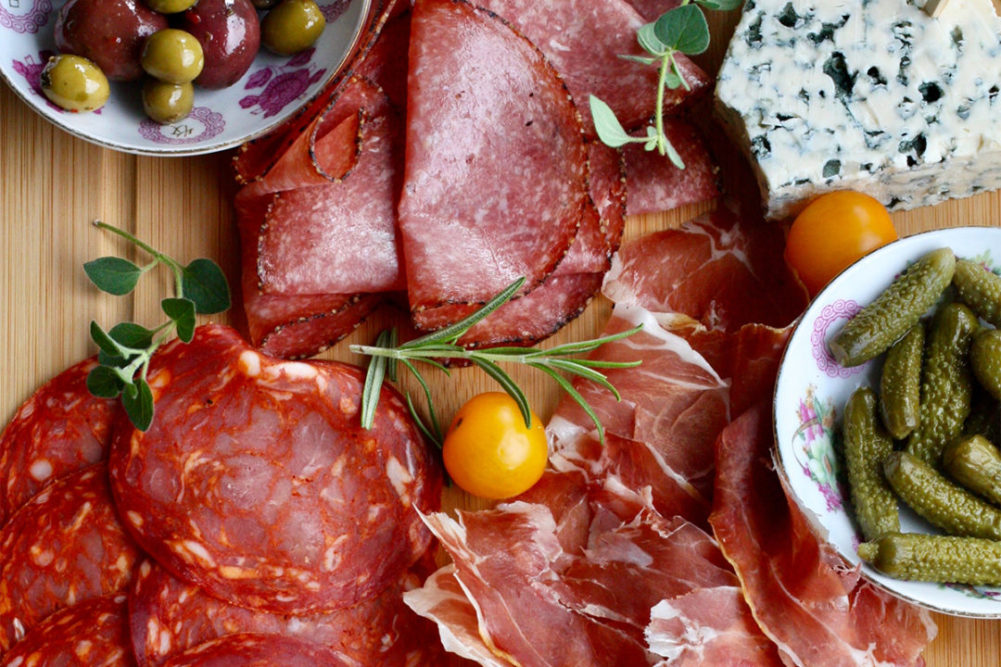NEW YORK — Specialty food is “pandemic-proof and inflation-proof,” said David Lockwood, a consumer market research and strategy consultant, adding, “but … it hasn’t been an easy ride in the last three years.”
Sales of specialty food in 2022 hit $194 billion, up 9.3% over the prior year, and are expected to reach $207 billion by year’s end, according to the Specialty Food Association’s annual industry report, which tracks sales from the past three years across retail, foodservice and online channels. Specialty food now accounts for approximately 22% of total retail food and beverage sales and is expected to maintain its share through 2027.
“That’s a big achievement,” Mr. Lockwood said during a presentation at the Summer Fancy Food Show, held June 25-27 in New York.
The specialty food market has been somewhat resilient, but not resistant to ongoing industry-wide challenges. Last year, unit sales declined in nearly three-fourths of the specialty food and beverage categories tracked in the report. Several categories saw significant variances in unit and dollar volume, including eggs, down 22% in units sold but up 23% in dollar sales. Among categories posting unit sales growth, dry pasta and shelf-stable grains, beans and rice grew 4% and 1.3%, respectively, and cookies and snack bars grew 0.7%.
Conventional grocery sales outpaced natural and specialty sales during the past two years, Mr. Lockwood said, citing a “perfect storm” of supply chain issues and inflationary pressures that impacted shopping behavior and disproportionately hurt small businesses.
“That puts the industry upside down a whole different way,” he said. “We have inflation that we haven’t had for 20 years, we have unit sales declining, which we’ve never had, and now for the last two years we’ve had conventional grocery growing faster than specialty and natural grocery… That creates a lot of challenges for makers and retailers and brokers and distributors.”
The long-term trend favoring the natural and specialty market is expected to resume next year, he said. In the conventional grocery channel, 5% to 8% of products are dedicated to specialty food, while in the natural and specialty channel, specialty food represents 40% to 100% of products, Mr. Lockwood said.
“The specialty and natural channel is where the discovery happens,” he said. “What you’re capturing in the specialty and natural channel is the heart of the specialty food consumer, people who spend the most, are the most loyal and are looking for new things.”
Convenience and indulgence are two trends driving gains, Mr. Lockwood said, pointing to outsized growth in the specialty perishables segment that includes items sold in a supermarket’s bakery, cheese, deli, meat and seafood sections.
“People want what they want, and the specialty food industry is fantastic at delivering it,” Mr. Lockwood said.
